Art & Exhibitions
Treasures On the Block During Asia Week New York
Highlights of New York Asia Week include sales at Christie's, Sotheby's, and Doyle.
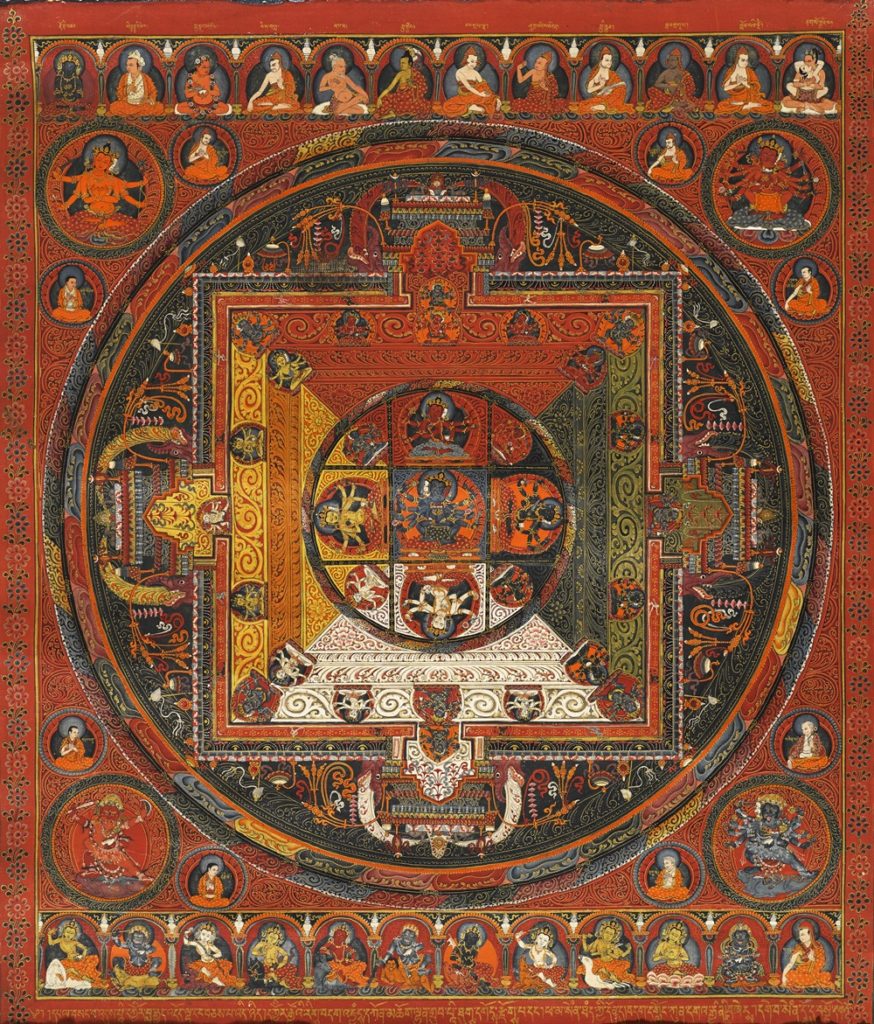
Highlights of New York Asia Week include sales at Christie's, Sotheby's, and Doyle.

Eileen Kinsella

Twice a year, in March and September, major auction houses and galleries in New York City host Asia Week, a jam-packed roster of shows, auctions, lectures, and related events. Auction previews start this Friday (March 14) with sales to come next week. At Sotheby’s, Christie’s, Bonhams, and Doyle, there are no fewer than 19 auctions, offering everything from ancient bronzes to Chinese ceramics, classical paintings, and contemporary works. The art on offer hails from all over Asia, including China, Japan, Korea, India and Southeast Asia. As always, there is an emphasis on works from private collections, always a draw for buyers looking for solid provenance or added cachet. And a number of single owner sales on the schedule this season offer buyers the chance to benefit from a predecessor’s sharp eye and connoisseurship. “Asia Week serves as a focal point that brings international collectors together, and the depth of the buying community is increasing around the globe,” said Edward Wilkinson, Bonhams’s consulting specialist in Indian, Himalayan & Southeast Asian art.
Christie’s looks set to dominate the week and capture market share with a total of nine sales offering more than 1,400 lots and expectations of more than $70 million in sales. On Tuesday, March 18, its series opens with “Francis Newton Souza and Maria Souza: A Life Partnership in Art.” The group of more than 150 works, many of which have never been seen in public, is being sold by the artists’ daughter, Shelly Souza. Highlights include Bust of a Man (1968), estimated to sell for between US$80,000 and US$120,00o. A sale of South Asian modern and contemporary art follows, with works ranging from paintings by modernist masters like Syed Haider Raza and Tyeb Mehta, to contemporary stars such as Bharti Kher and Jitish Kallat.
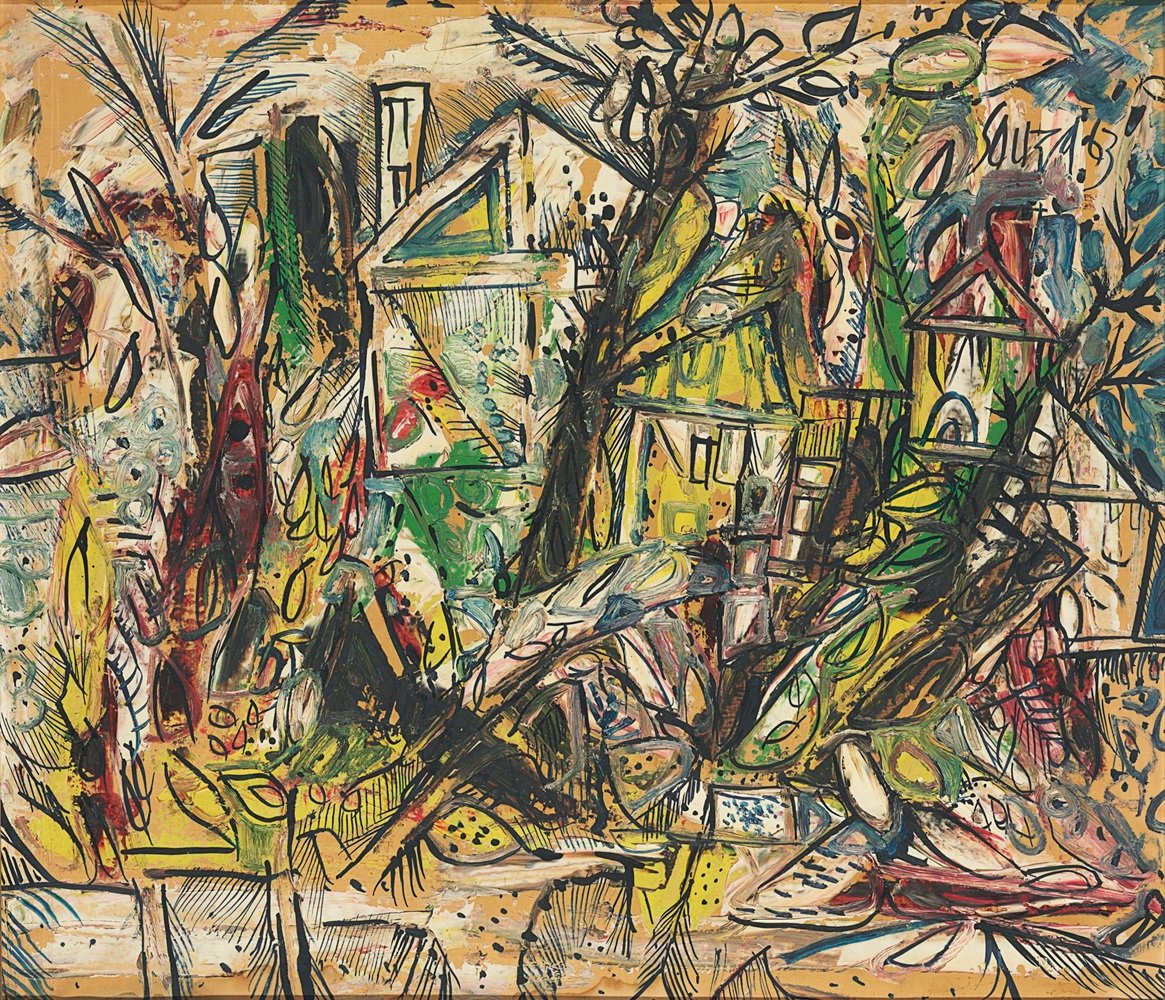
Francis Newton Souza’s Untitled (Landscape) (1963) is expected to sell for between US$60,000 and US$80,000. Photo: Christie’s Images Ltd. 2014.
Also in the single-owner sale offerings is “Ten Signs of Long Life: The Robert Moore Collection of Korean Art,” with more than 120 ceramics, lacquers, paintings and sculpture from the noted collector, whose interest in the genre was ignited in the mid-1950s when the US Army stationed him in Korea. Among the intriguing works is a Joseon dynasty oxhorn-applied accessory box with an estimate of US$60,000 to US$80,000.
A new themed sale Christie’s is introducing this season is “The Sublime and the Beautiful: Asian Masterpieces of Devotion,” a group of 32 works from Asia representing Buddhism, Hinduism, Daoism, and Shintoisim dating from the 2nd century CE to today. Alongside star lots, such as a large gray schist figure of a Bodhisattva from Gandhara (2nd–3rd century) with an estimate of $600,000 to $800,000, the house will offer a unique work by acclaimed photographer Hiroshi Sugimoto. Sea of Buddha (1995) is an installation comprising a lithograph and six gelatin silver prints. In 1994, after seven years of lobbying for permission, Sugimoto was allowed to photograph the monumental statues inside Kyoto’s famous 13th-century Buddhist temple Sanjusangendo (Hall of 33 Bays).
Regular Asia Week sales at Christie’s include Japanese and Korean art (March 18), Indian and Southeast Asian art (March 19), Chinese paintings (March 19), and Chinese ceramics and works of art, the latter of which typically accounts for a major chunk of the week’s overall total.
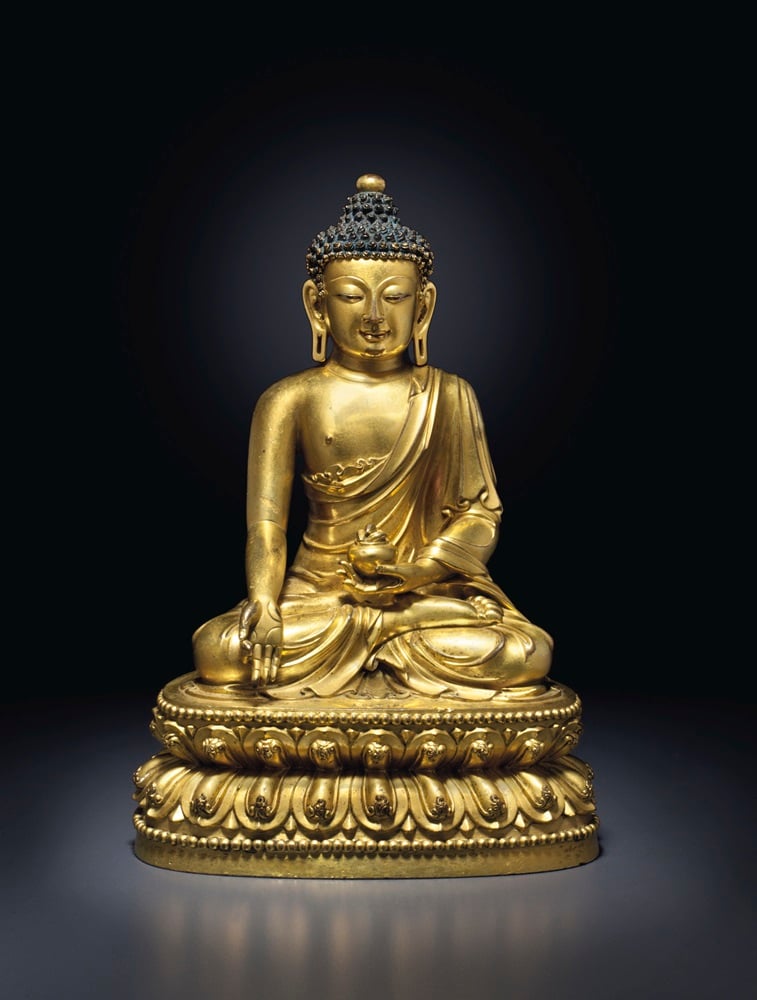
A Medicine Buddha (estimate: US$2–3 million) will be offered at the new themed sale at Christie’s, titled “The Beautiful and The Sublime: Asian Masterpieces of Devotion.” Photo: Christie’s Images Ltd. 2014.
A one-lot offering comes in the form of a sale on March 20, The “Min” Fanglei, a massive bronze ritual vessel from the late Shang/early Western Zhou dynasty (12th–11th century BC). Christie’s specialists bill the object as ranking “among the most important Chinese archaic bronzes to ever appear at auction.” When last offered for sale, at Christie’s New York in 2001, it sold for US$9 million, a record for any Asian work of art. This time on the block it carries an unpublished estimate “in the region of US$15 million.”
Sotheby’s series of six sales begins Tuesday, March 18, with “Chinese Art Through the Eye of Sakamoto Goro,” another showcase for a single lot, and it’s a heavy-hitter as well; an owl-headed ritual wine vessel or hu, from the early eastern Zhou dynasty (circa 8th–7th century), with an estimate of US$4 million to US$6 million.
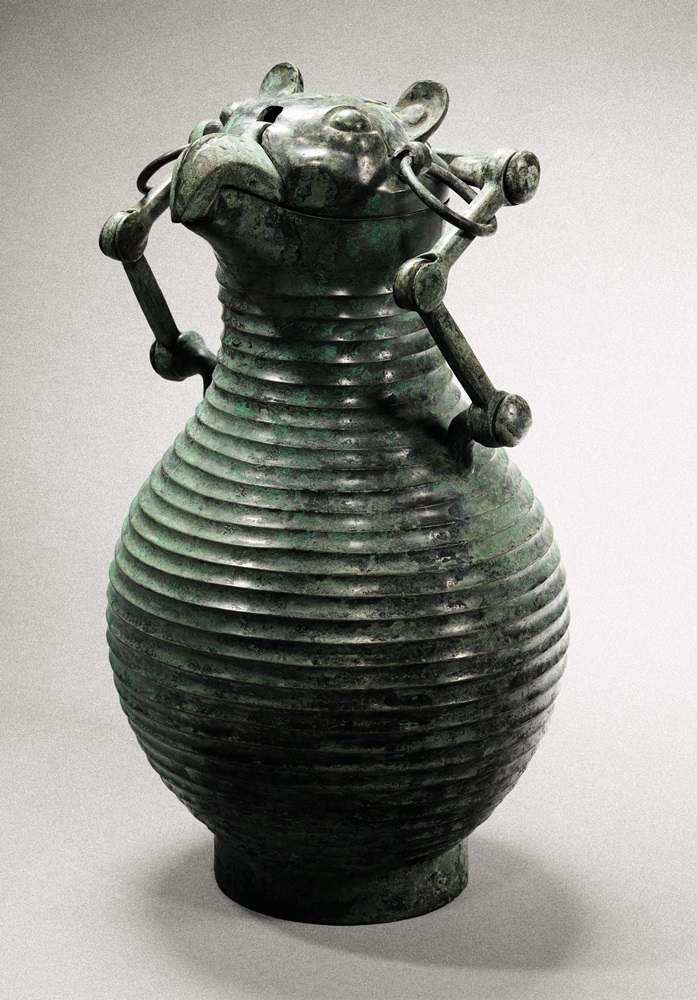
An owl-headed ritual wine vessel, early Eastern Zhou dynasty, will be offered by Sotheby’s for US$4–6 million. Photo: Sotheby’s.
At the single-owner sale of Archaic Bronzes and the Wu Dacheng Jujintu scroll, the house will offer a late Shang dynasty (13th–11th century BC) bronze ritual wine vessel the Ji Zu Yi Zun with an estimate of US$300,000 to US$400,000.The scroll, which dates from the Qing dynasty (late 19th century), and is signed Yin Bouhan, is estimated at US$100,000 to US$150,000.
A two-day presentation of Chinese ceramics and works of art follows on March 18–19, with works on offer from more than 50 private collections. A rarity that is expected to top the sale is a molded blue-and-white barbed rim dish, from the Yuan dynasty (14th century) that has been in the same family collector for over 60 years, and carries an estimate of US$200,000 to US$300,000.

A rare molded blue-and-white barbed rim dish, Yuan dynasty, is expected to sell for US$200,000 to 300,000. Photo: Sotheby’s.
Indian painter Vasudeo S. Gaitonde’s abstract Painting No. 3 (1962), which carries a third-party guarantee and is expected to sell for US$2 million to US$3 million, will head the modern & contemporary South Asian art sale on the morning of March 19. The Himalayan & Southeast Asian collection later that day will feature a gilt coper alloy figure depicting Tara, from the Yongle period (1403–1424) and is estimated at US$300,000 to US$500,000.
Sotheby’s closes out the week on Thursday March 20 with its sale of classical Chinese paintings and calligraphy, led by The Cantilevered Road to Shu, a hanging scroll by Yuan Yao, who was active in the mid-18th century. Could the house be trying to keep a handle on runaway bidders? A note in the online catalogue advises clients who wish to bid to contact the house “at least 24 hours prior to the morning of the sale.” The scroll carries a presale estimate of US$2 million to US$3 million. A Sotheby’s spokesman explains that that notice appears on all “premium” lots.
Doyle holds a broadly titled “Asian Works of Art” sale at the start of the week (March 17) that includes pottery and porcelain, jade, ivory, scholar’s objects, bronzes, screens, furniture, and paintings ranging from the Neolithic period through the 20th century. Highlighting the auction is property from the estate of Baron Pierre de Menasce, who passed away last year. He was the son of noted collector Baron George de Menasce, a connoisseur of Chinese jades, porcelains, and works of art.
Expected top sellers from the de Menasce collection include two 18th-century Chinese works: a pale celadon jade covered vase, estimated at US$500,000 to US$700,000, and a white jade covered wine pot estimated at US$200,000 to US$300,000. Consigned from a separate collection is a striking 18th–19th century Chinese deep-blue blue glazed porcelain vase, estimated at US$20,000 to $30,000.
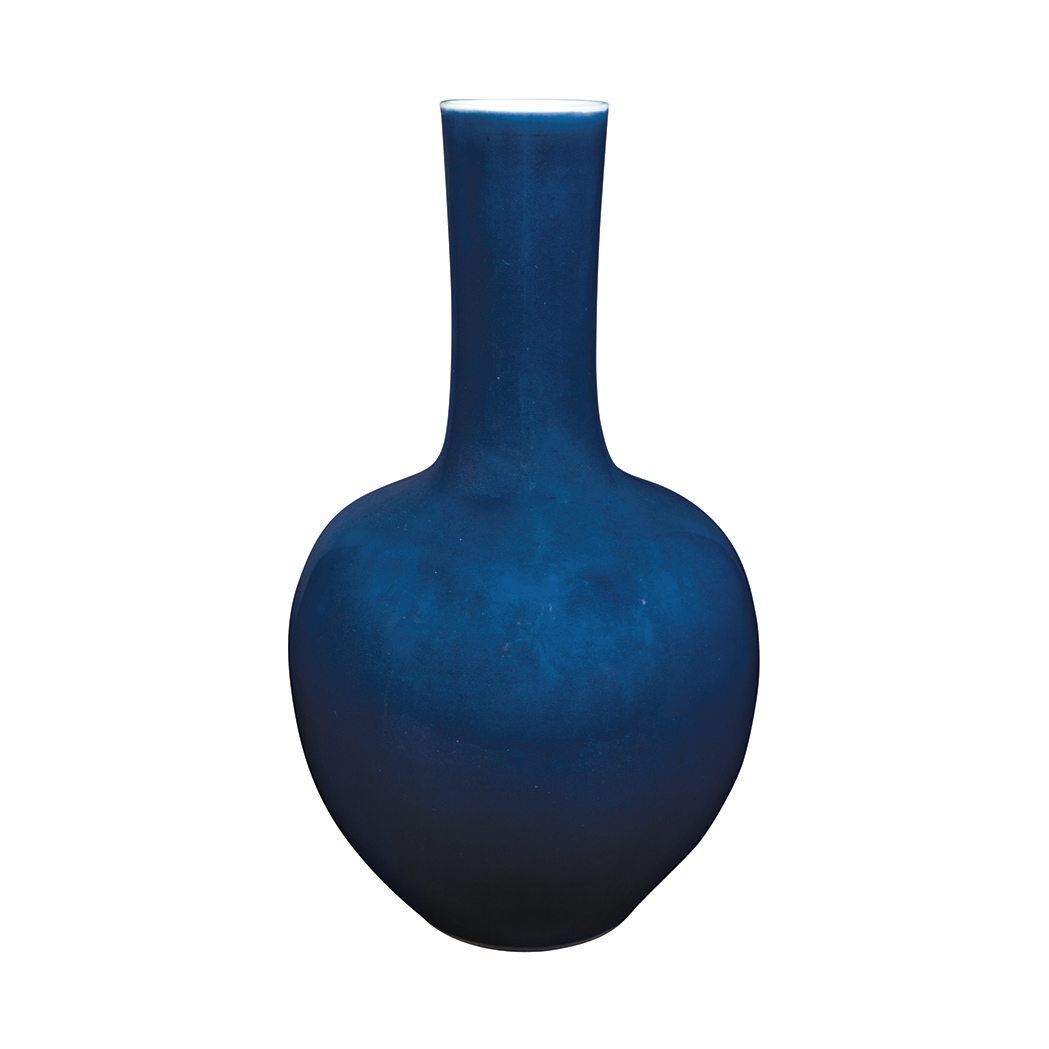
A Chinese deep-blue glazed porcelain vase (18th–19th century) estimated at US$60,000 to $80,0000. Photo: Doyle.
Bonhams will also hold the first two of three sales on Monday, March 17, “Chinese Art from the Scholar’s Studio,” highlighted by a hanging scroll by Zhang Daqian Self Portrait, The Return of My Sight, (1964), estimated at $150,000 to $200,000. This will be followed by a sale of Indian, Himalayan & Southeast Asian Art in the afternoon. An expected standout is a 32-deity Guhyasamaja Mandala, circa 1520–1533, from the Ngor monastery in Tibet, estimated at US$400,000 to US$600,000.
The sale of fine Japanese works of art on Wednesday, March 19, will be led by a large six-panel screen Composing Poetry in a Spring Landscape, dating from the early-to-mid 17th century and attributed to the circle of painter Iwasa Matabei and estimated at US$150,000 to US$200,000.
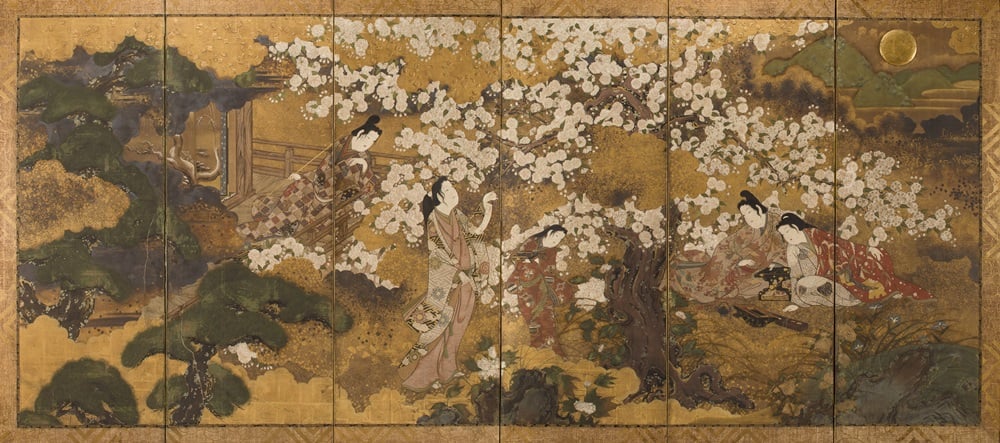
Composing Poetry in a Spring Landscape, a large six-panel screen, attributed to the circle of Iwasa Matabei (early-to-mid 17th century) is estimated at $US100,000 to $150,000 Photo: Bonhams.